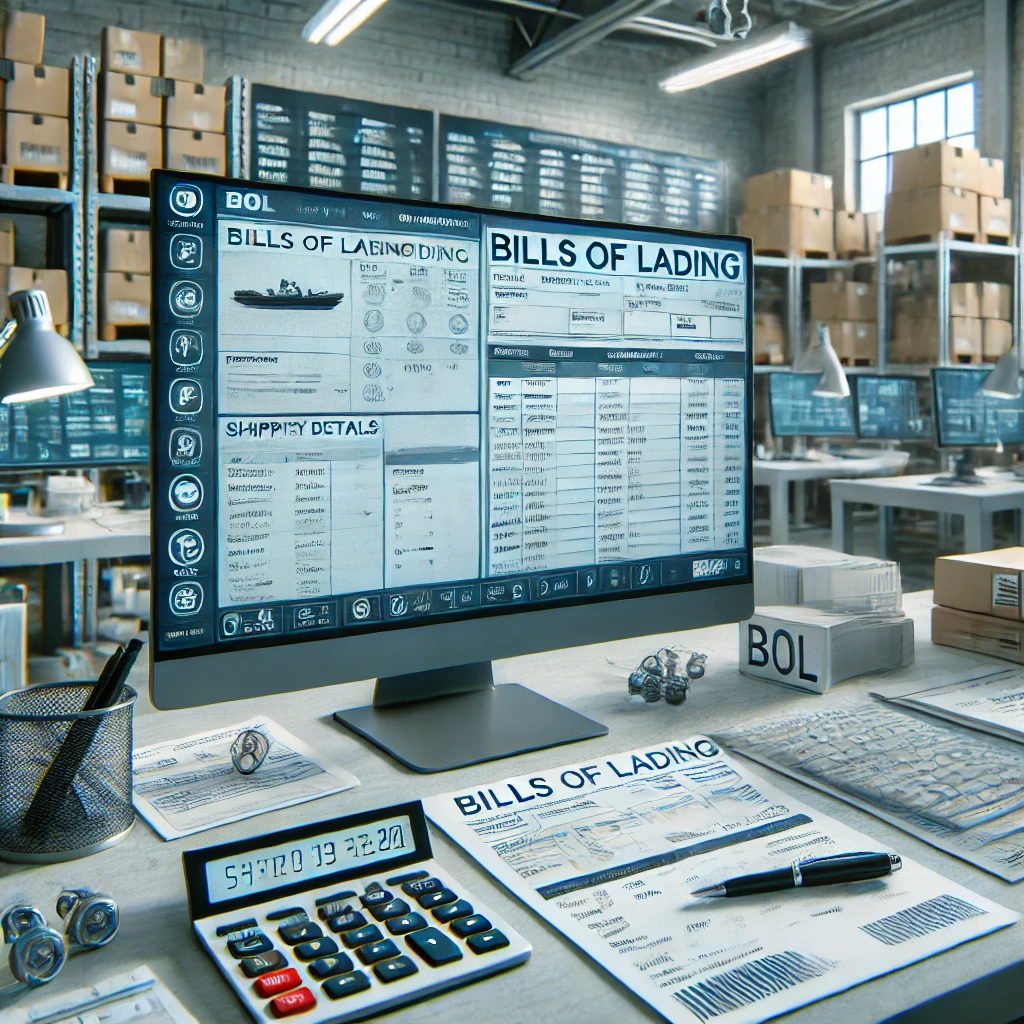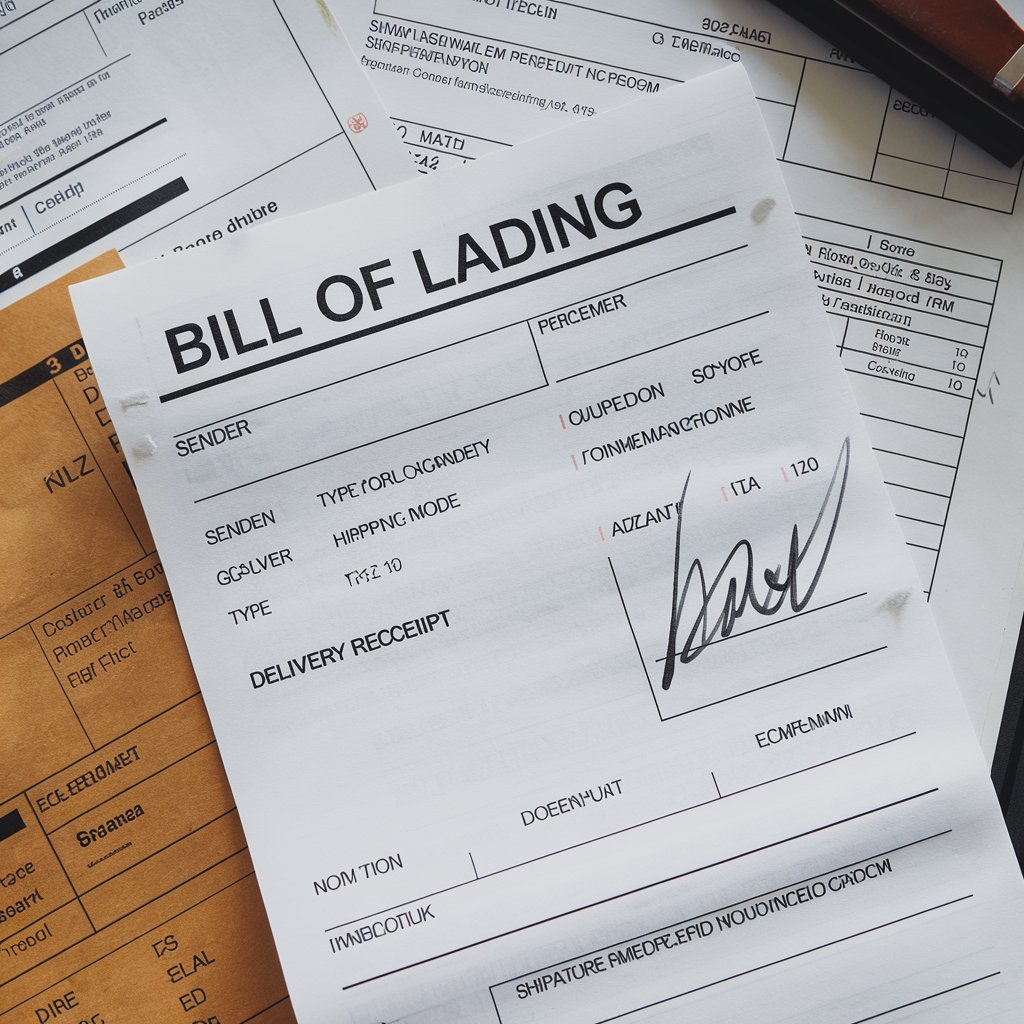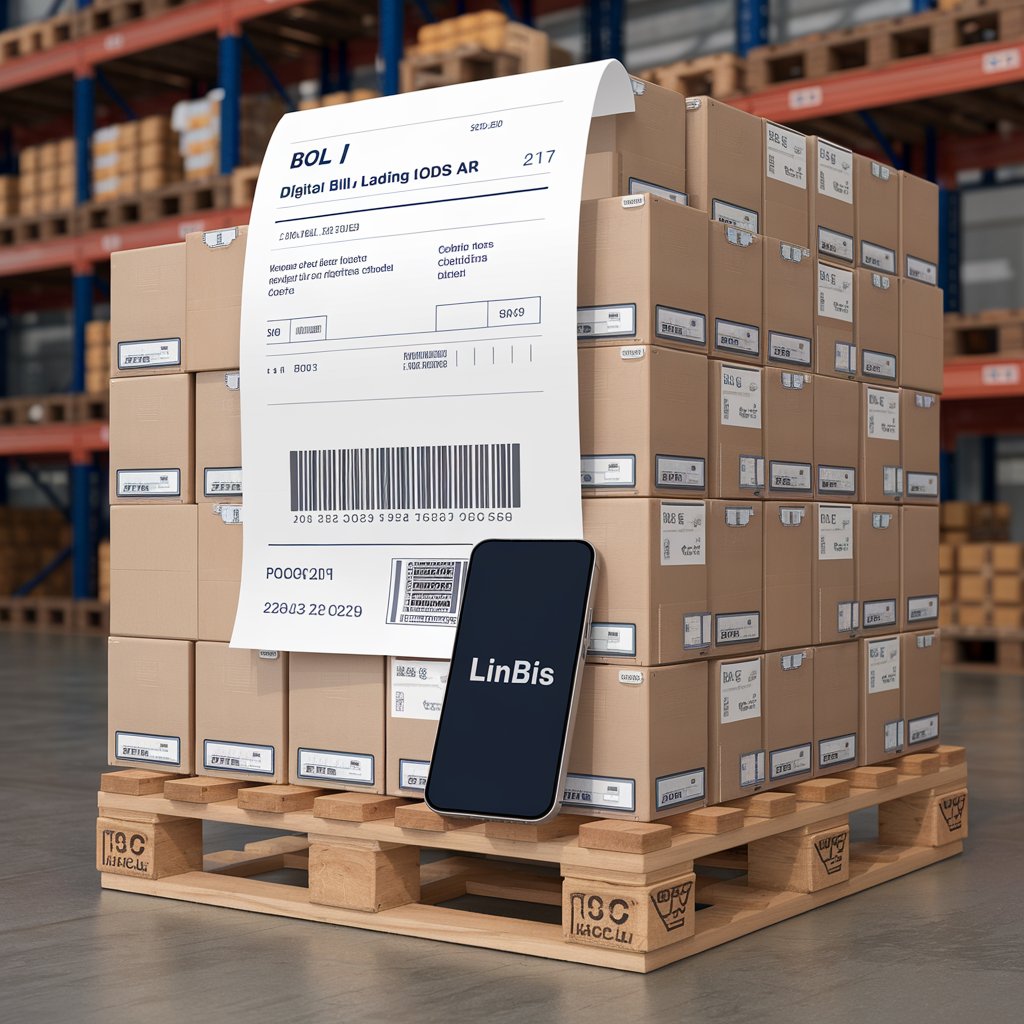Bills of Lading Explained: Your Complete Logistics Guide

What's the Big Deal About BOLs?
Think of a Bill of Lading as your shipment’s passport, contract, and receipt all rolled into one. It’s:
- 📝 A legal document
- 🔍 Proof of shipment contract
- 🎯 Evidence of cargo receipt
- ✅ Quality/quantity verification
- 📦 Ownership title
Breaking Down the BOL: The Essential Parts
Must-Have Elements Bills of Lading Explained
Copy
- Shipper Details
- Consignee Information
- Pick-up/Delivery Locations
- Shipment Details
- Carrier Information
- Date and Signatures
🔑 Pro Tip: Always double-check these elements before signing. One small error can cause major delays.

Types of Bills of Lading You Need to Know
1. Straight Bill of Lading
What: Non-negotiable, direct delivery document When to Use: Known consignee, direct shipments Key Feature: Can’t be endorsed to another party
2. Order Bill of Lading
What: Negotiable document When to Use: Trading scenarios, letter of credit transactions Key Feature: Can be endorsed and transferred
3. Clean Bill of Lading
What: Confirms goods received in good condition When to Use: Standard shipments Key Feature: No adverse notes about cargo condition
Real-World BOL Scenarios
Scenario 1: The Missing Information
Problem: Incomplete BOL holding up delivery Solution Steps:
- Maintain digital templates
- Use pre-filled forms
- Implement verification checklists
- Enable real-time corrections
Scenario 2: Damaged Goods
Problem: Condition discrepancy at delivery Action Plan:
- Document damage immediately
- Take photographs
- Note on BOL
- Alert all parties
- Start claim process
Common BOL Mistakes and How to Avoid Them
The Top 5 Pitfalls
- Incorrect Addresses
- Solution: Address verification system
- Digital validation tools
- Regular database updates
- Wrong Item Count
- Solution: Automated counting systems
- Double-check procedures
- Digital verification
- Missing Signatures
- Solution: Electronic signature systems
- Signature checkpoints
- Mobile signing options
- Incorrect Weight
- Solution: Certified scale usage
- Weight verification process
- Digital weight capture
- Unclear Special Instructions
- Solution: Standardized instruction formats
- Clear requirement checklists
- Digital instruction templates

Digital BOL Management with Linbis
Smart Features Bills of Lading Explained
- Digital BOL creation
- Template management
- Error checking
- Automatic updates
- Real-time tracking
Time-Saving Benefits
- Pre-populated fields
- Quick copy function
- Bulk processing
- Digital signatures
- Instant sharing
Expert Corner: Tips from the Field
“Always keep digital copies. Paper gets lost, systems don’t forget.” – Tom Chen, Logistics Director
“The best BOL is the one you don’t have to think about because your system handles it perfectly.” – Maria Rodriguez, Operations Manager
Your BOL Excellence Checklist
Daily Operations
□ Use digital templates □ Verify all information □ Maintain clear communication □ Keep digital copies □ Follow up on exceptions
System Setup
□ Implement digital BOL system □ Train staff thoroughly □ Set up verification processes □ Create backup procedures □ Establish update protocols

Problem-Solving Guide
Emergency Situations Bills of Lading Explained
Lost BOL
Copy
Immediate Actions:
- Contact all parties
- Access digital backup
- Issue replacement
- Document incident
- Review procedures
Disputed Details
Copy
Resolution Steps:
- Check digital records
- Gather evidence
- Contact witnesses
- Document discussion
- Reach agreement
How Linbis Makes BOL Management Better
Automated Solutions Bills of Lading Explained
- Digital BOL creation
- Error prevention
- Instant transmission
- Tracking capabilities
- Archive management
Integration Benefits
- Connect with ERP systems
- Link to shipping data
- Sync with customer records
- Interface with carriers
- Real-time updates

Best Practices for Modern BOL Management
Digital Transformation
- Move to electronic BOLs
- Implement verification systems
- Use digital signatures
- Enable mobile access
- Maintain secure backups
Compliance and Security
- Regular audits
- Secure storage
- Access controls
- Version tracking
- Compliance checking

Taking Action
Ready to modernize your BOL management? Here’s how to start:
- Assess current processes
- Identify pain points
- Choose digital solutions
- Implement gradually
- Monitor and adjust
